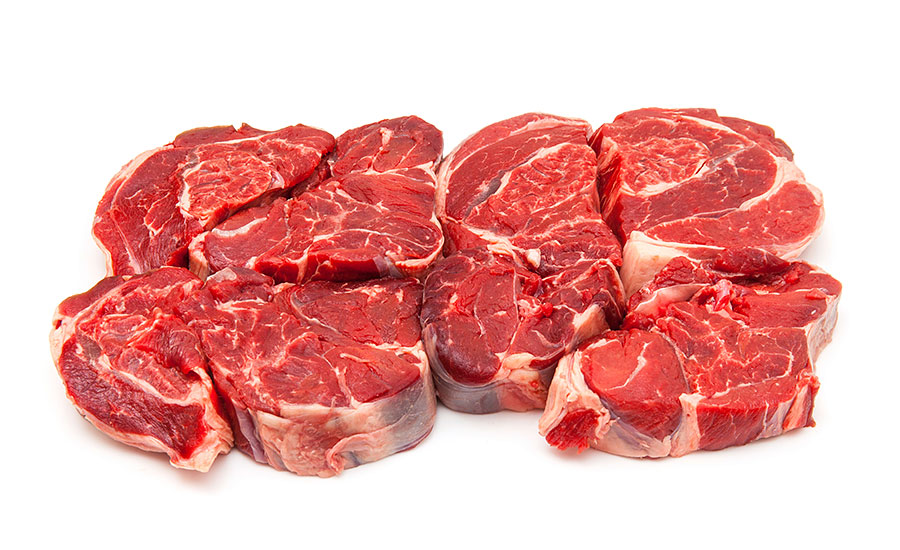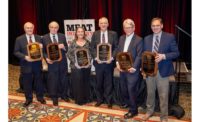Independent Processor 2019 Meat Industry Outlook
Despite trade and economic questions, the outlook for the New Year looks bright.

Taken as a whole, 2018 was a strong year for the U.S. economy, and the New Year should keep the momentum rolling. There are concerns ahead, such as the trade war with China and the partial shutdown of the U.S. government (as of press time) that could slow the country’s growth.
“In some ways, the challenges we are experiencing with China have been an important reminder of the risks associated with being overly dependent on one trade partner, and this is an opportunity for certain sectors to rebalance for greater long-term prospects,” says Todd Southerland, Food & Agribusiness Industry Manager for SunTrust Bank based in Atlanta, Ga.
Southerland does not foresee economic conditions impacting the prevalent trends in the food industry in 2019.
“Domestic demand for food is as diverse as it’s ever been, and as reflected in the growing statistics around convenience foods and away-from-home purchasing, consumers are allocating more disposable income towards these purchases to meet on-the-go lifestyles,” he says.
As the American population becomes more diverse and disposable incomes rise, the U.S. is becoming an ever-curious nation of consumers when it comes to food and culinary experiences. That need, he says, is being met by smaller companies that are not as concerned with cost minimization as the big corporations.
“These smaller businesses command higher margins, which enable them to experiment with a vast array of new and exciting products and flavor profiles that aren’t widely available in the marketplace today. In what remains a highly competitive food retailing industry, innovation among smaller companies is noteworthy among customers who value that differentiation,” he says.
Chris Young, Executive Director for the American Association of Meat Processors (AAMP), concurs that the market is a good one for small processors.
“The farm-to-table/local food movement has not slowed down, and the demand seems to continue to grow,” he says.
The biggest challenge for the coming year, he says, continues to be the workforce, both in finding qualified employees and keeping good workers.
“This has been a struggle for a while and is only getting worse, because the economy is doing so well and there are more jobs to choose from. We have an industry where the work is hard, and a lot of people do not want to work in the cold environment,” Young says.
Darla Kiesel of Dewig Meats, located in Haubstadt, Ind., praises the crew that her family’s business has but worries that they are getting older.
“There are no skilled meat cutters walking through our doors. We have to train these workers in every aspect from slaughtering, to cutting & packaging,” she says, adding that the perceptions about the meat industry may be keeping young people away.
Dewig Meats has had steady growth for years, with the majority of that growth coming in retail. The company’s success was recognized by the Indiana Historical Society, which awarded Dewig the Centennial Business Award in 2018.
“This recognition is bestowed upon Indiana companies continually in business for a century or more in hopes it will increase awareness of Indiana’s rich business and industrial heritage,” explains Kiesel.
One of the trends that she is watching in the coming year is the growth of delivery. Several larger grocery stores in her area have introduced home delivery of retail orders.
“Is this something that we need to look into? It seems that our customers enjoy coming in to our retail and looking at the large variety, but will that last?” she asks. “It’s always important to stay abreast of new tactics and new opportunities such as this.”
Looking for a reprint of this article?
From high-res PDFs to custom plaques, order your copy today!






